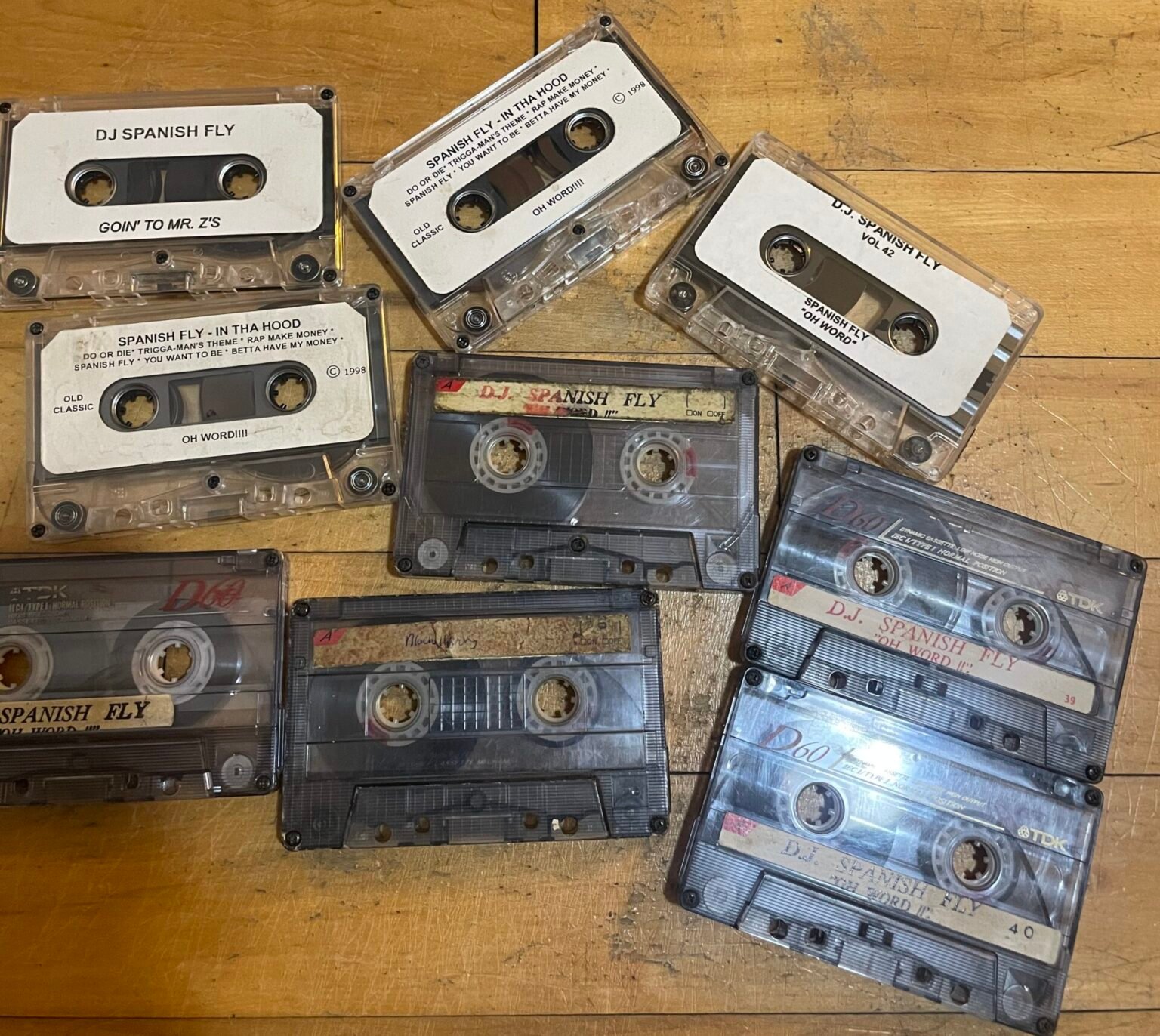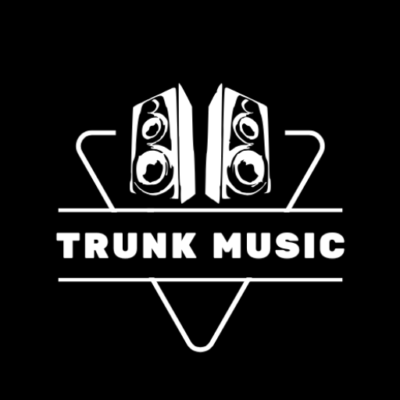
The “Gangsta Walk” & the Rise of Memphis Rap
When talking about Southern Hip-Hop—and Hip-Hop in general—there’s always one city and subgenre that remains criminally overlooked: the raw, gritty, and violent world of 1990s Memphis rap.
If you’re here, you probably already know some of the history behind this scene. But for those new to it, Memphis rap can be traced back as early as the mid to late 1980s, when pioneers like 8Ball & MJG, DJ Spanish Fly, and DJ Zirk began rapping, DJing, and beatboxing at schools, parties, and neighborhood gatherings. According to DJ Zirk, even DJ Squeeky used to rap alongside MJG back then—both hailing from the historic Orange Mound neighborhood, one of the first planned Black communities in the United States and a cultural hotbed for Memphis music.
Zirk also recalls a rapper named Marcus B, another Orange Mound native, who was allegedly the first in Memphis to rap about “gangsta shit.” Though little documentation of Marcus B survives, his name marks an important step in how hardcore themes first took root in the city’s underground.
By the turn of the 1990s, the Memphis sound began to crystallize. Two tracks, in particular, set the tone: “Get Buck” by Pretty Tony and “Gangsta Walk” by DJ Spanish Fly. The latter especially became a citywide anthem, laying the foundation for both the music and the accompanying street dance that remains iconic to Memphis culture.
As the movement grew, legends like Spanish Fly, DJ B.K., and Young Lo started selling homemade mixtapes hand-to-hand—out of trunks, at corner stores, barbershops, gas stations, and anywhere else people gathered. They were among the first in Memphis to make real money locally from rap, creating a blueprint that dozens of younger DJs and rappers would follow.
By 1993–1994, the underground was in full swing. Dozens of DJs, producers, and crews flooded the streets with $5–$10 tapes recorded on cheap equipment, often while still in high school. Tommy Wright III, DJ Sound, and DJ Paul all emerged during this period, pushing a darker, more sinister sound that blended booming bass with eerie samples and horror-inspired themes. Rivalries became inevitable, the most infamous being between DJ Paul and DJ Squeeky—after Paul began sampling beats from Squeeky and DJ Zirk. That sparked a bitter feud that, in some ways, still lingers today.
But beyond the beefs, what defined Memphis rap was the grind. These were kids turning bedrooms, garages, and living rooms into makeshift studios. They pressed up their own tapes, hustled them on the streets, and reinvested the money into making more. Their DIY hustle gave rise to one of the rawest, most innovative underground movements in hip-hop history.
To many fans (myself included), Memphis rap is the most unique and influential subgenre in hip-hop. It’s grassroots, rebellious, and unapologetically real. And though the mainstream has only recently begun to acknowledge its influence—through today’s trap, drill, and crunk derivatives—the foundation was built long ago in Memphis by artists who made something iconic out of almost nothing.

